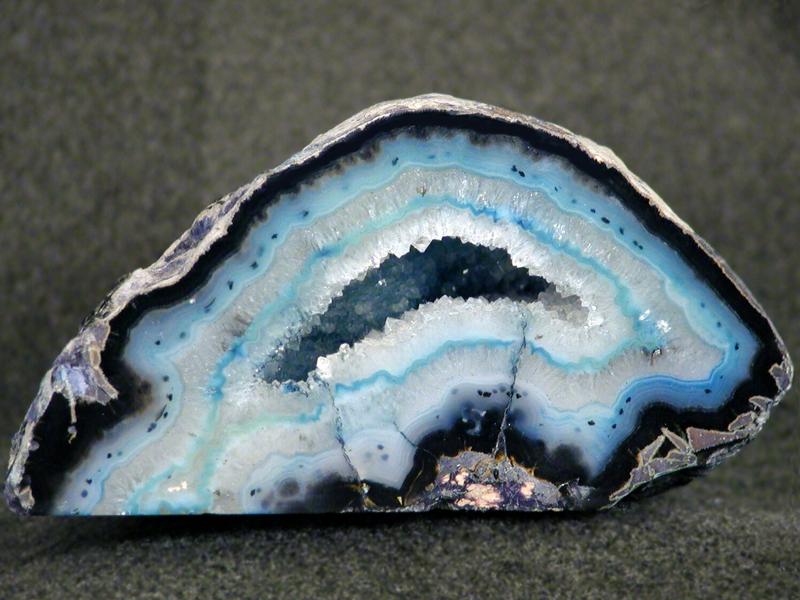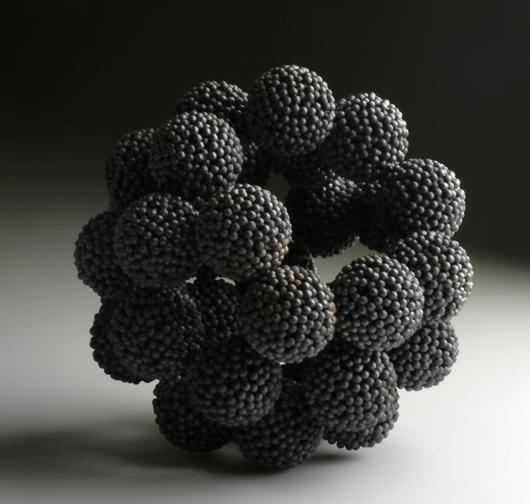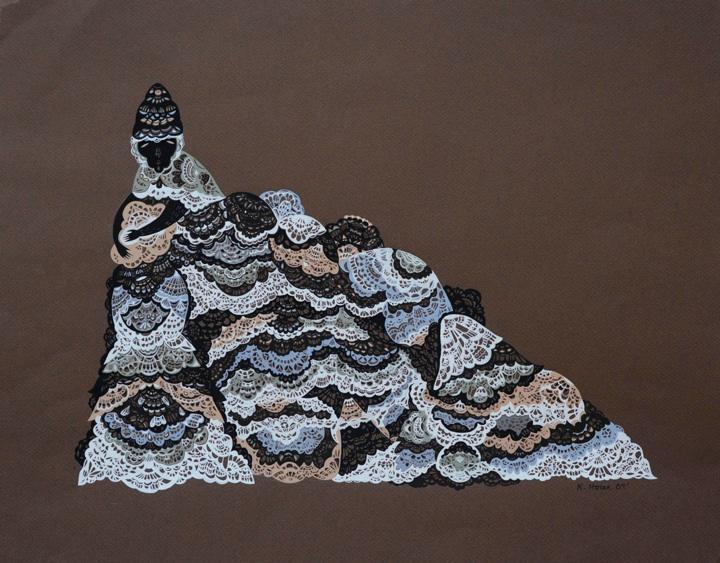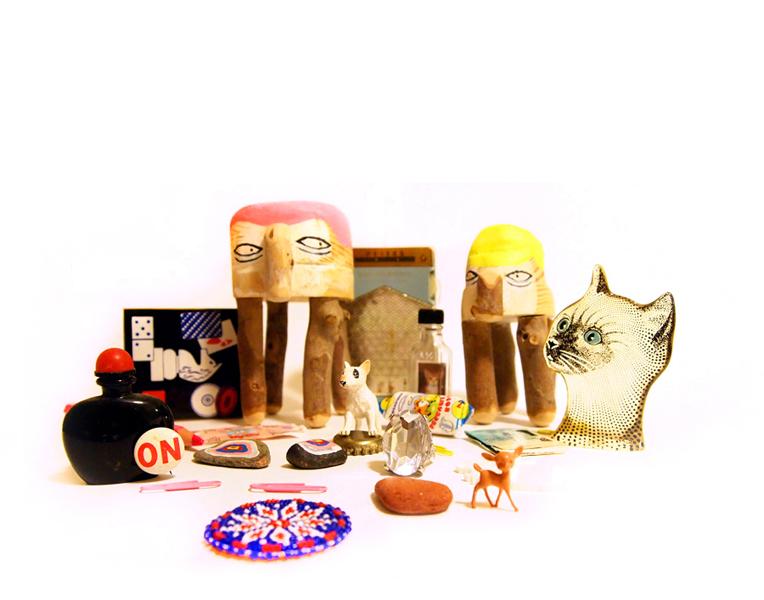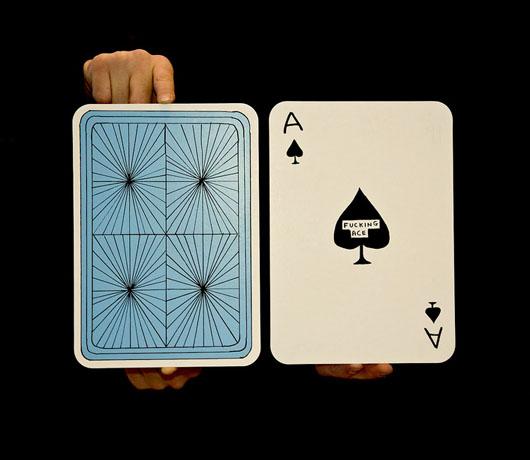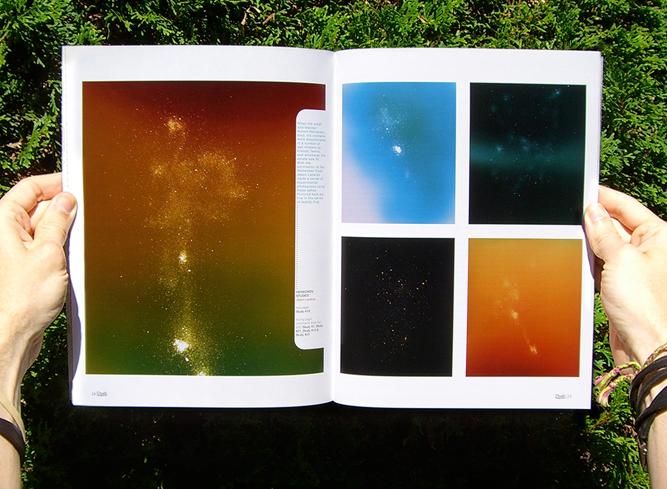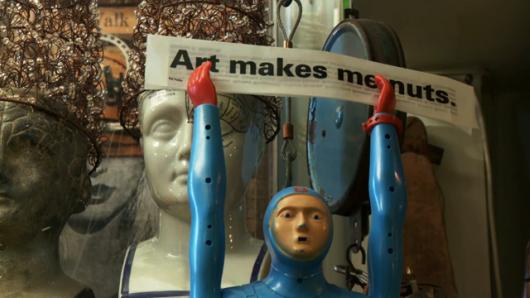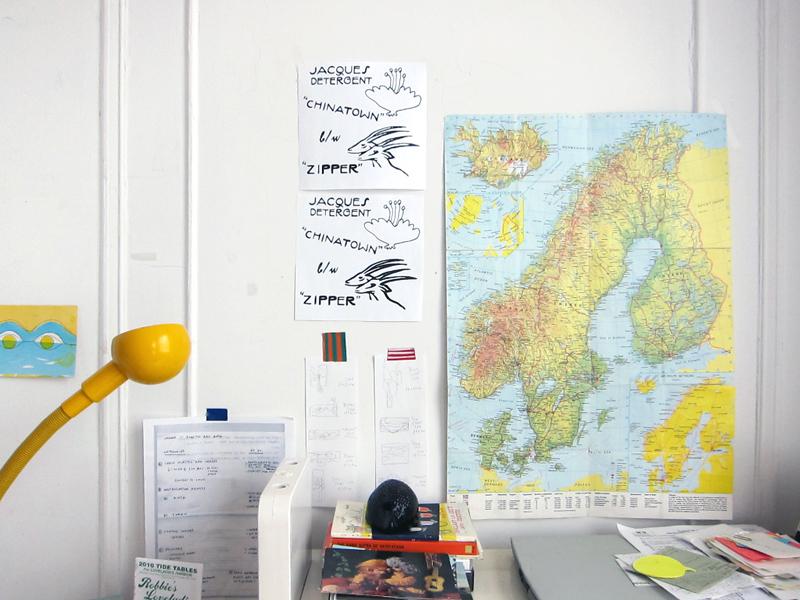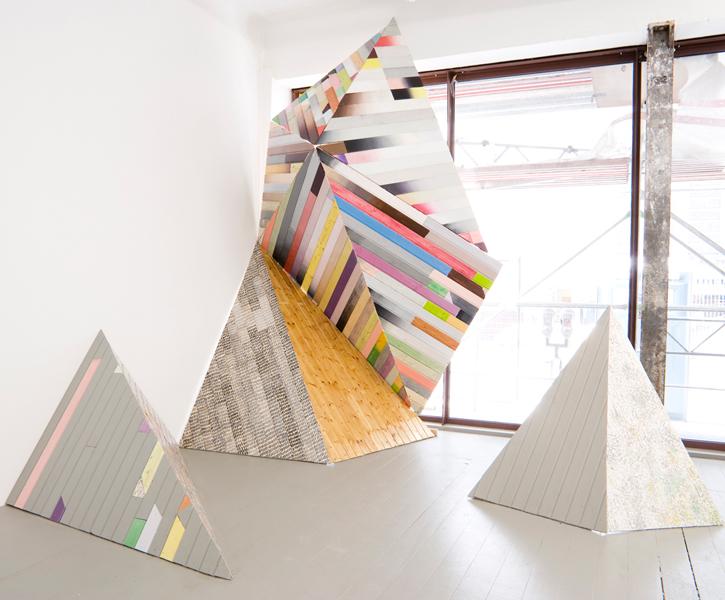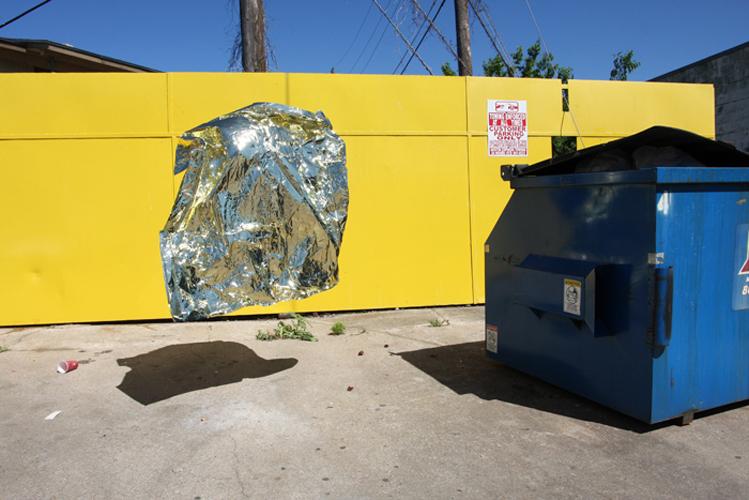
11.19.10
8 Things
William Hundley, Artist
The artist William Hundley — known for photographing plumes of fabric hovering enigmatically in mid-air and strange objects balancing atop cheeseburgers — recently began experimenting with self-portraits. Which wouldn't be out of the ordinary, except that Hundley happens to hate letting people know what he looks like, so he obscures the photos of his face with collages of weird body parts and other incongruous images. He’s also been playing with masks, shooting the results of elaborate tribal-inspired face-painting sessions with his fiancée. “There’s this perception that I’m this badass artist who doesn’t give a fuck, this imagined character,” says Hundley, a boyish Texas native who lives deep in the suburbs of Austin. “But I work at a hospital in IT. So that’s why I don’t like putting images of myself or a biography out there — I mean look at me, I’m all-American white-boy looking. It would ruin the illusion.”
